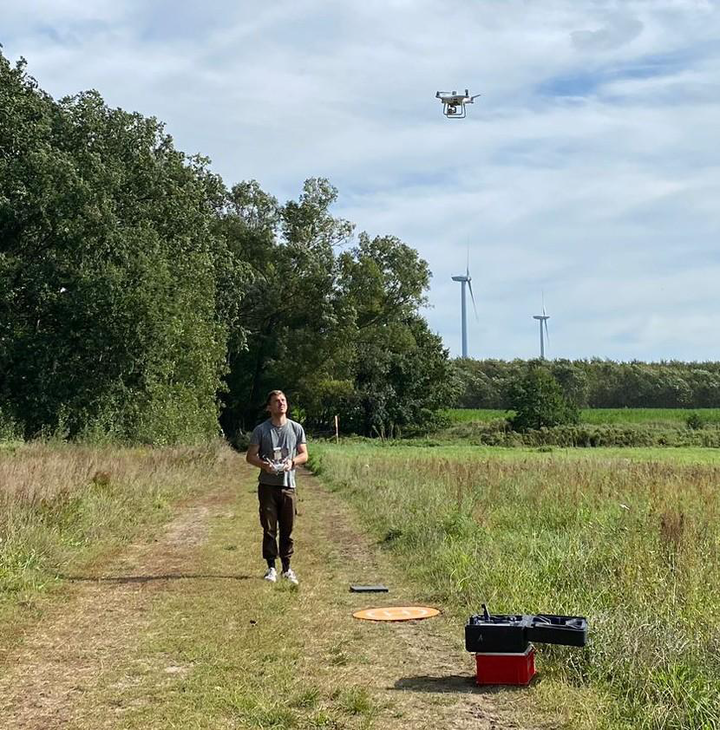Biodiversity in heterogeneous grassland

The aim of this PhD project is to understand of ecosystem processes using UAV imagery and agroecosystem modeling. A complex sensor network was established on a grassland area in eastern Germany, which remotely records numerous parameters (from soil moisture and weather to acoustics). Together with drone flights and the comparison with forage parameters determined in the laboratory.
- The review paper on the suitability of near and remote sensing data for assessing forage quality in grassland.
- The quantification of grassland biomass and other forage parameters of sites characterized by soil and management heterogeneity using multispectral images. Various methods were compiled by working on a review paper. In addition, the analyses of our own data show initial, optimistic results.
- The use of bioacoustics in a sensor network to assess the influence of management and soil heterogeneity on species diversity. Due to the large number of individual recordings, initial statements can already be made regarding the general distribution of acoustic signals. This was possible by using different indices instead of the raw sound data. Five indices are under investigation, as all of the indices under consideration say slightly different things (see https://www.sciencedirect.com/science/article/pii/S1470160X23010828).
- The evaluation of methods for simulating the small-scale heterogeneity of biomass in grassland using SIMPLACE. As soon as the other subtopics have been dealt with, the modelling is fed from the results obtained. This brings all the findings together. Therefore, this project aims to combine, in a long-term partnership, the advantages of both China and German research teams to develop combined strategies to reduce soil salinization, find out the coupling mechanism among crop, soil, and salt treatments, and establish crop models for the combined salt treatments. All the achievements will not only have high economic values for China and Germany, but also benefit the salinization control and sustainable agricultural development in the worl
Partners/collaborators
- Thomas Gaiser
- Bahareh Kamali
- Inga Schleip